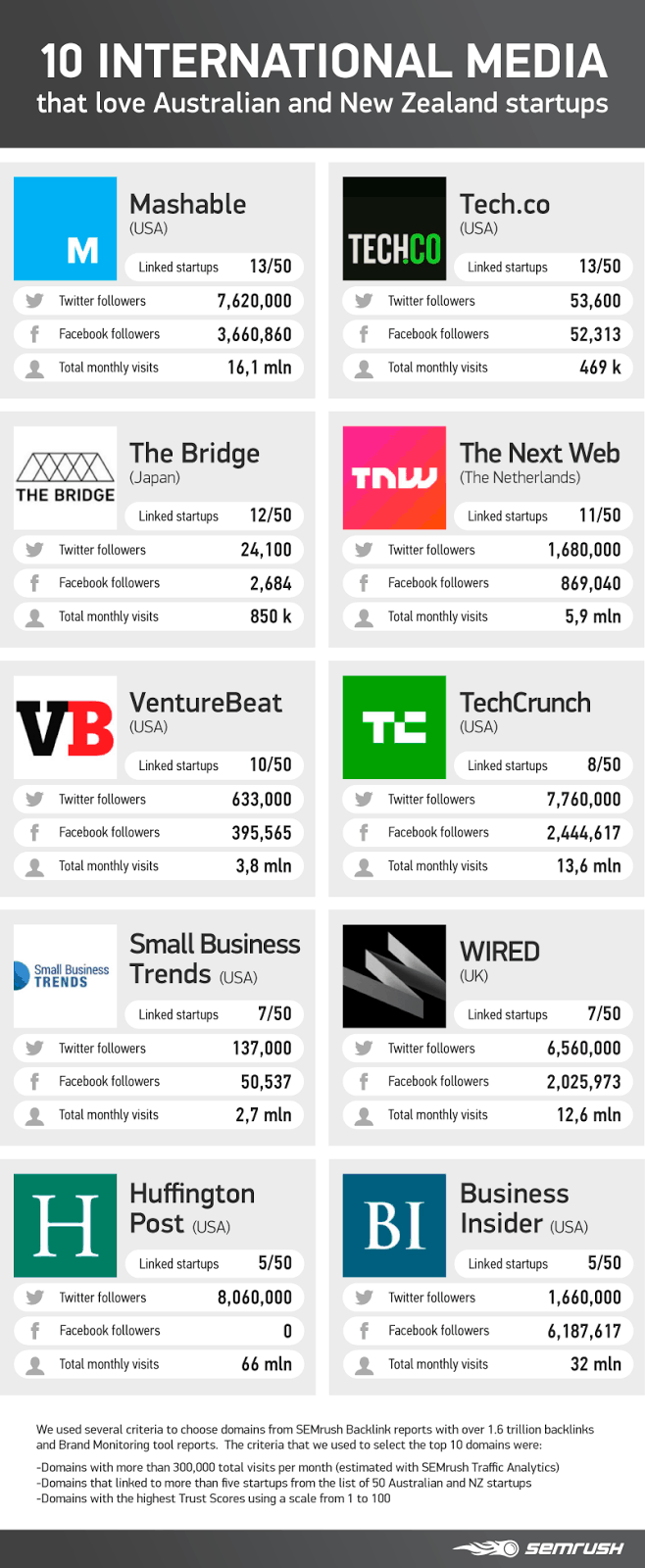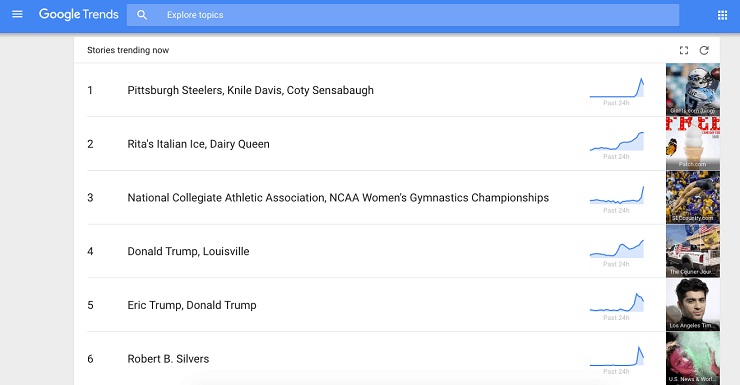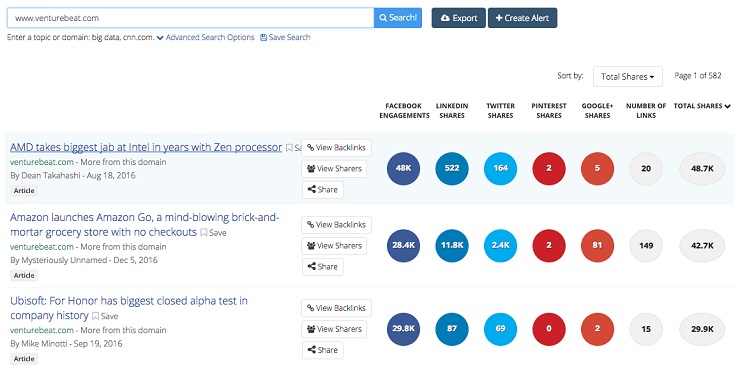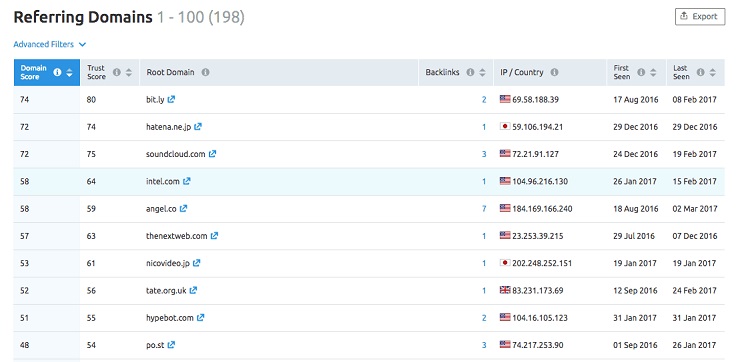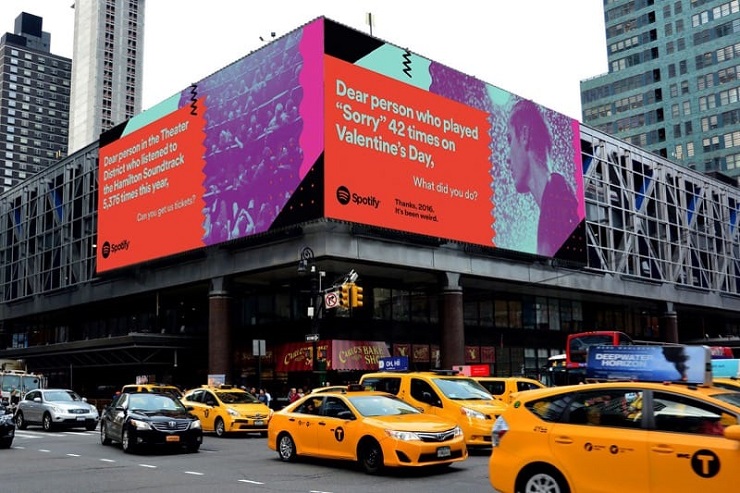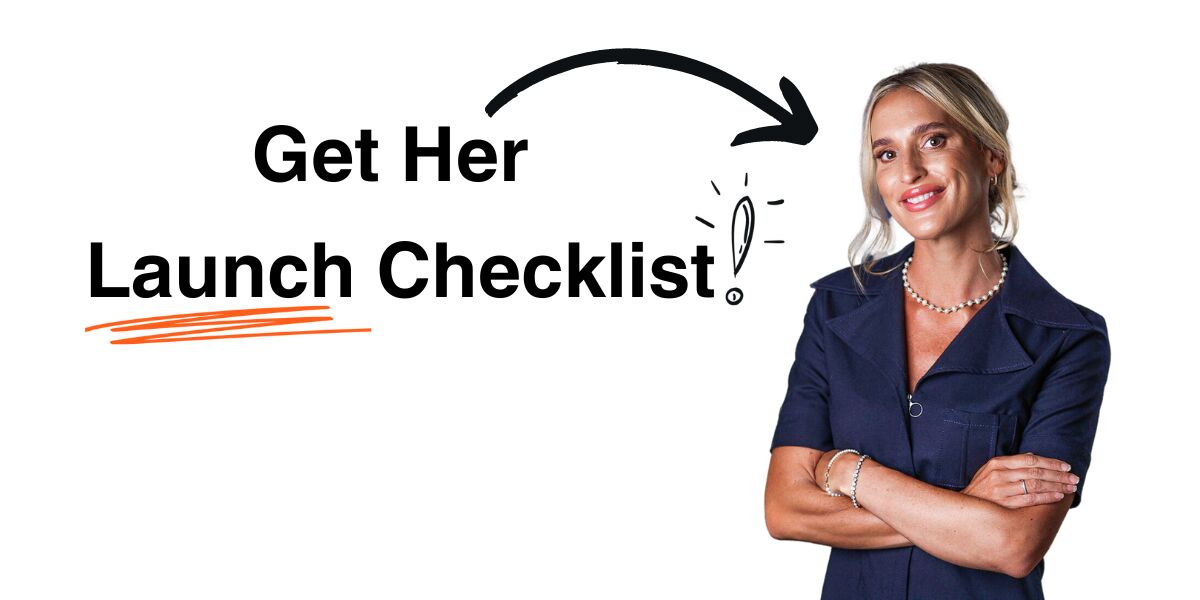When it comes to doing business online, you can’t just flip around the virtual “Open” sign and wait for customers to pour in. If nobody knows your startup is there, you might as well not even have one.
The endpoint of all SEO and digital marketing is to draw traffic to your website, and one way to do so is to increase the number and quality of sources referring people to your site. The most cost- and time-efficient option for doing so is with backlinks.
It’s well known that links pointing back to your site provide a great opportunity to drive referral traffic to your business. In addition, backlinks remain the core authority signal in Google’s algorithm. In other words, the more sites out there that include links to you, the higher you will show up in searches when people are randomly Googling for a business like yours.
Nevertheless, Google doesn’t treat all links equally. Some backlinks won’t improve your rankings at all, while others might even have a negative impact on them. We’re well past the days when pumping out a bunch of garbage links will boost your ranking.
Search engines are constantly improving their algorithms to better detect unnatural, phony, or manufactured links. An example of this is Google’s notorious Penguin Update, launched in 2012. It was intended to decrease search engine rankings of websites that were using blackhat SEO techniques—aggressive linking schemes that try to fool the search engine algorithm instead of better serving human users.
Therefore, if you want to improve your website’s Google rankings, you have to build your links naturally and focus on reputable websites.
So what makes a link good for SEO? Obviously, high-quality, authoritative backlinks come from websites that are trustworthy and respected by their readers, industry experts, and search engines. But earning these backlinks requires a lot of work. You have to find authoritative websites and actually reach out to them.
As a result, the importance of media relations for any business can’t be underestimated in today’s SEO landscape. We’ve explained before why PR is the new link building; now it’s time to discuss how to develop effective media relations and earn quality links.
To dig into this topic a little more, we wanted to find out what media sites contributed to the popularity of today’s top startups, so we conducted a study and analyzed the backlinks of Australia and New Zealand’s top 50 startups. Over the last few years, Australia gave rise to a range of startups like Canva, Spacer, Unlockd, Shippit, DesignCrowd, Timelio, Invoice2go, WME and other projects that are worth paying attention to. These startups are aiming their efforts at solving current problems and contributing significantly to the world’s startup scene and the future growth of Australia.
We’re now sharing our findings, which we gathered using both SEMrush Backlinks Analytics and the SEMrush Brand Monitoring Tool to analyze the websites that wrote about and linked most often to the 50 most exciting and pioneering Australian and New Zealand tech startups (according to the 2016 Tech Pioneers report).
Note that even though we scrutinize sites that the Australian and New Zealand startups get their links from, the information and tips in this research are applicable to any startup, worldwide. It is a global marketplace, after all, and a global media landscape.
How We Found the Top Media Outlets
Below are the top 10 international media outlets we collected that wrote about and linked the most to the largest number of Australian and New Zealand startups from the Tech Pioneers list. During our research, we found out that most of these outlets are based in the US, and that should not be a big surprise to anybody.
Often, international media sites cover a wide range of topics, and if you approach them with relevant, newsworthy and insightful ideas, they are usually willing to cooperate with you. Also, those kinds of websites have a high Trust Score, so they can pass on a significant SEO value to any site that they link to. Trust Score is a metric that measures the importance of a domain using a 100-point scale (from 0 to 100) and it is based on the quality and volume of links pointing to the domain. To a certain extent, a start-up’s success can be directly related to where its backlinks are coming from.
Let’s see where the top 50 startups’ links came from:
We chose these domains using SEMrush Backlink reports and Brand Monitoring tool reports. All 10 media outlets match the following criteria:
- Domains with more than 300,000 total visits per month
- Domains that linked to the more than five startups from the “Tech Pioneers Report”
- Domains with the highest Trust Score on a scale from 1 to 100
In the infographic, you can also check out the following data for each media outlet: the number of linked startups, Twitter and Facebook followers, and total monthly visits.
And again, even though we researched sites that the Australian and New Zealand startups get their links from, the information and tips in this research are applicable to any startup. Regardless of where your startup is physically located, these are some of the best outlets to turn to for solid PR and quality links that will boost your Google search ranking.
Why Media Relations Is an SEO Strategy
A key thing to remember is that we should start thinking less about just building links, and concentrate more on developing good PR strategies and improving publicity. As a result, this will bring you more natural, relevant links.
Simply put, PR efforts help you get others in the industry to talk about your company. PR specialists use a wide range of tactics like guest blogging, pitching story ideas, experts’ quotes/interviews, various contributing content in order to build long-term relationships with journalists, publishers, respected bloggers, and industry influencers.
Your PR team’s efforts help create “word-of-mouth advertising” around your brand, and when people talk about your brand, links to your website tend to follow. Therefore, when properly executed, a good PR campaign has the potential to bring in tons of links.
But the ultimate goal of your PR campaign is not to just make people talk about you; rather, it is to make them talk about you in order to leverage your other marketing efforts and achieve your company’s overall objectives.
Here are some tips that have proven to be effective to land quality media coverage.
1. Find topics and spot trends
Authoritative websites report stories that are relevant to current trends. In other words, news.
You can use various resources, such as Google Trends, Google News, and Twitter Advanced Search to find interesting, relevant topics and new content opportunities, and to spot current trends even before they happen.
Storing trending now by Google Trends
2. Research your desired outlet
If you want to get links from an authoritative website, you should know what content interests them. You can look through their recent articles and check whether or not your company’s topic is related to their content and if it might attract them. You can also use BuzzSumo, a helpful search tool, to discover amazing content and outreach opportunities.
The most popular content on VentureBeat
3. Discover your competitors’ backlinks
To discover relevant and trustworthy websites to get backlinks from, you can check out your competitors’ best links using a variety of tools. They allow you to conduct a thorough backlinks analysis, check out your competitors’ dofollow links, which allow search engines to follow them and reach the website, and discover relevant industry sources that may be interested in referring to your own content.
You can try out the Bulk Backlink Checker by Majestic to quickly check important backlink information for multiple URLs or domains. Another helpful tool is the cognitiveSEO Backlink Analysis, which enables you to uncover digital marketing strategies on any website. Also, our own SEMrush Backlinks Analytics and Backlink Audit Tool can help you find out links of your competitors, analyze your own good and bad links, compare the results, and discover new link-building opportunities to develop a new marketing strategy.
A list of referring domains to a startup Chew.tv, a new DJs’ live streaming community, according to SEMrush Backlinks Analytics
4. Craft your outreach message
Your outreach message must be professional, personal, and compelling. Clearly define your offer and send a piece of your content with the outreach email. Make an honest, transparent request and always make sure that your offer has real value for both you and the website you want to get a link from.
Also, it’s worth doing some preliminary work before sending an outreach message. For example, you can follow the person you’re going to reach out to, and comment on and share their articles in order to make a connection with them beforehand.
To reach out to a potential influencer or publisher and build a relationship with them, you can send them a personalized email, using the following example.
Hi ,
My name is from . I’m an avid reader of your blog. I’ve been following it since 2014.
Your recent blog post on resonated with me. I thought that it would be a great idea to get in touch with you to learn more about it and work on together.
If this sounds like something that would be interesting to you, we can set up a phone call this week to discuss our potential partnership and ways to make it mutually beneficial and bring value to both our audiences.
Best,
As you can see, this message clearly states the main reason why you’re trying to reach out to the person. Also, you point out that you want your collaboration to be mutually beneficial. Finally, you sum up your email with an offer to continue your communication and further discuss your ideas.
5. Get the most out of your link-building outreach
Link-building outreach is indeed one of the most important parts of landing great links, but at the same time, it’s the most difficult part.
When it comes to actual news outlets, the only way to get a link is to offer them a valuable piece of news that covers relevant topics. For other websites, like company blogs and corporate websites, you can earn backlinks by providing them with a solid reason to link to you. For example, you can offer them some advice about their website, if it loads too slowly, or contains broken links or spelling and grammar mistakes. You can invite your link partner to participate in a joint research, provide them with great content to publish on their site, or collect and share useful data that they can exploit for further research.
Either way, if you can help people, they will be more likely to respond positively to your request. The advantage of these links is that they are based on your personal relationships with your link partners and are quite difficult for your competitors to copy.
One of the most important outreach practices we use at SEMrush is creating a good shareable piece of content supported by analytical data. Then we reach out to digital media outlets that might have an interest in our research, infographic, etc. We usually write a press release or news article that is related to our piece of content and ask the outlets to post it on their website.
If we create an outstanding piece of content, they are often eager to publish it and link back to the original post on our website, because it’s useful and resonates with their readers. To find out more on how to reach out to your target influencers and publishers, you can also check out Foundr’s post, “The Ultimate Guide To Finding, Reaching, And Interviewing Top Influencers” by Jonathan Chan.
6. Use creative viral marketing tactics
A good viral campaign can significantly increase exposure for your content. People are emotional creatures and make decisions based on their emotions and empathy. They are psychologically connected to things they like their favorite movies, music videos, or TV shows.
Therefore, chances are, they might be interested in something related to such topics. Many big companies use this emotional connection in their marketing campaigns. In fact, marketing is largely based on emotional appeal. If you know your audience well, you can play on their desires, hopes, or sense of humor. If planned and executed correctly, your viral campaign can attract attention from several media sources at once.
In 2016, Spotify, a digital music service, ran its largest-ever global campaign, which included the tagline, “Thanks, 2016, it’s been weird.” The company rolled out different versions of the ads with messages that contained hyper-localized facts and figures, across 14 markets. These messages were driven by data from listeners and pop-culture topics relevant to events that took place in 2016. Spotify’s campaign captured people’s attention all around the world, showing how a company can use data to humanize technology.
Image credit Spotify via Creativity Online
6. Don’t forget about the final steps
Even when you finally get your desired link from an authoritative website, your job isn’t done yet. You can setup a Google Alert that will notify you once a link to your content has been published. Also, never forget to send a “Thank You” note to the editor who linked to your content. This will help you build a better relationship with them.
7. Be intentional
Finally, you have to pursue links strategically and actively during your PR campaign. Otherwise, you’ll leave equity on the table.
Closing Remarks
The more quality links from authoritative websites you have, the higher your website will rank in Google’s search engine results. However, since the SEO landscape has been changing over the years, website owners need to focus on more than just gaining as many links as possible.
To earn relevant, high-authority backlinks you should understand how PR and SEO overlap and how they can work together. You need to plan your PR and outreach campaigns strategically. Strong, long-term media relationships that you develop can turn into amazing link-building and content-placement opportunities in the future.
Do you have any questions on how to get connected with these media outlets? Have you personally used any of them? Let me know in the comments!


